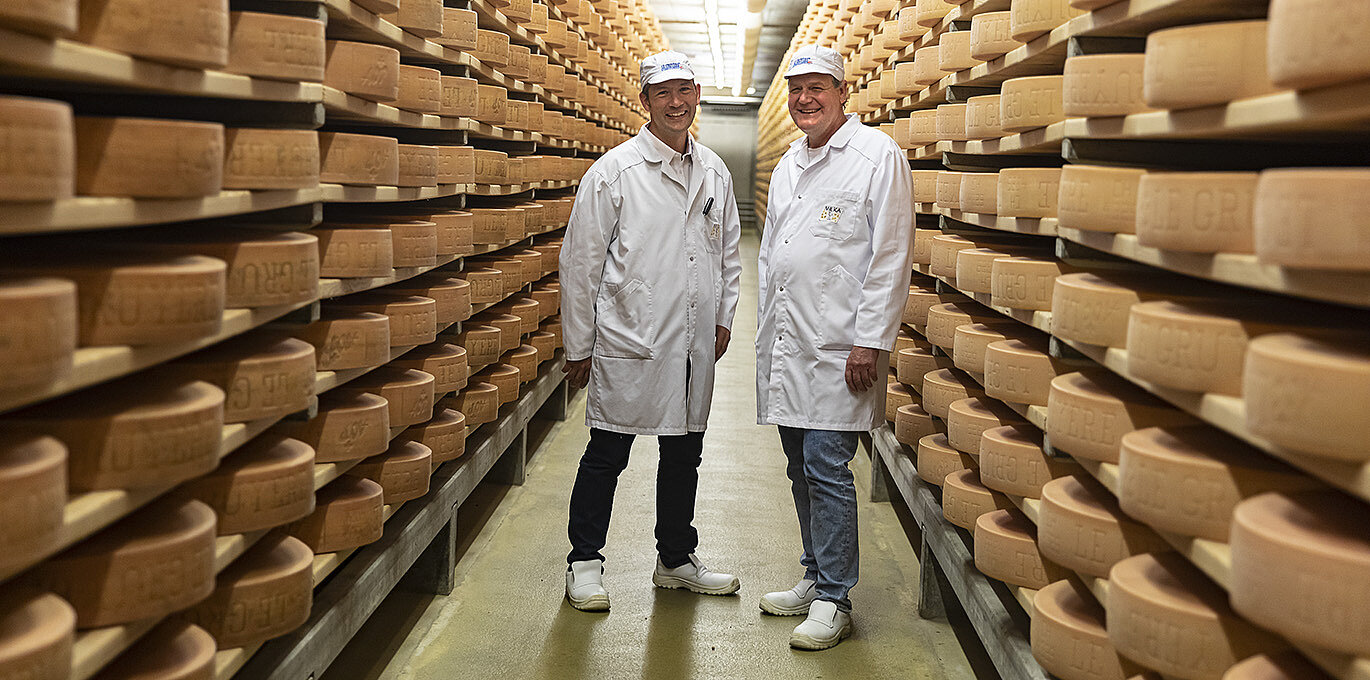Why Floridia Cheese Thomastown Is a Treasure in Melbourne Made Cheese
Wiki Article
Unlocking the Keys of Artisanal Cheese Making: A Detailed Do It Yourself Overview
In the world of culinary workmanship, artisanal cheese making stands as a testament to the delicate equilibrium in between custom and development. As we begin on this journey to debunk the art of producing charming cheeses, we are faced with a tapestry of secrets and abilities waiting to be untangled.Selecting the Right Milk
When beginning on the trip of artisanal cheese making, the choice of milk plays a critical duty in establishing the high quality and characteristics of the last product. The kind of milk picked impacts the flavor, texture, and overall account of the cheese.When choosing milk for cheese making, it is necessary to consider the fat material. Greater fat content in milk can result in a creamier and richer cheese, while lower fat material may lead to a drier and firmer structure. In addition, the source of the milk, whether from cows, goats, lamb, or buffalo, contributes distinct tastes and attributes to the cheese (Floridia Cheese Melbourne). Each sort of milk brings its very own subtleties, enabling a large range of cheese selections to be crafted based upon the selected milk. Eventually, the choice of milk is a basic choice that sets the structure for an effective artisanal cheese-making venture.
Culturing and Coagulating
To start the cheese-making procedure, the vital steps of culturing and coagulating need to be carefully implemented to change milk into curds and whey. Culturing includes presenting valuable microorganisms to the milk, which after that starts the fermentation procedure. These bacteria transform lactose (milk sugar) into lactic acid, developing the acidic setting required for coagulation. The kind of culture used can significantly influence the taste, structure, and ripening of the last cheese product.

The timing and temperature level control throughout culturing and coagulation are important variables that affect the final end result of the cheese. Correct implementation of these moved here actions is important to ensure the wanted texture, taste, and uniformity of the artisanal cheese being generated.
Draining Pipes and Pushing Curds
After the milk proteins have coagulated and the curds have been reduced to launch whey, the next important step in artisanal cheese making involves draining and pressing the curds to accomplish the wanted texture and consistency of the final cheese product. The time for draining pipes can differ depending on the type of cheese being made and the wanted moisture web content.Pushing aids expel any continuing to be whey and compacts the curds to develop a solid cheese wheel. Proper draining pipes and pushing are important steps that dramatically affect the high quality and qualities of the artisanal cheese being created.
Aging and Flavoring Techniques
Implementing thorough aging and flavoring strategies is essential in improving the deepness and complexity of artisanal cheeses, boosting their preference accounts to charming levels of improvement and elegance. Aging plays a vital function in establishing the distinct flavors and appearances that distinguish artisanal cheeses.Seasoning techniques additionally add dramatically to the last taste of artisanal cheeses. Cheesemakers may choose to introduce additional flavors by including ingredients such as herbs, spices, and even fruits right into celebrity during the production process. Furthermore, some cheeses are cleaned or rubbed with various liquids, such as salt water or alcohol, to enhance their appearances and tastes.
Covering and Storing Cheeses

Verdict
In conclusion, mastering the art of artisanal cheese making entails carefully selecting the ideal milk, complying with accurate culturing and coagulating processes, draining and pushing curds successfully, and using numerous aging and flavoring methods. Keep in mind to wrap and keep your cheeses properly to make sure optimum taste and appearance development.Each type of milk brings its own nuances, enabling for a vast array of cheese selections to be crafted based on the chosen milk.After the milk healthy proteins have actually coagulated and the curds have been reduced to launch whey, the following important action in artisanal cheese making entails draining and pressing the curds to attain the wanted appearance and uniformity of the final cheese item. The majority of cheeses should be covered in wax paper or cheese paper to enable them to breathe while protecting them from drying out. For cheeses that need to proceed aging, such as bloomy skins or washed peels, guarantee they are saved in a cool atmosphere like a cheese cavern or a refrigerator set to the appropriate temperature level. By paying attention to the wrapping and storage space of artisanal cheeses, cheese makers and enthusiasts can preserve the integrity of these delicacies and totally appreciate their complicated tastes.
Report this wiki page